Home Town Cable Video: Historian Addie Shields traces the path of the Underground Railroad, in this 2006 road trip.
One Clinton County route to Canada which fugitive slaves followed took them through the villages of Keeseville, Peru and Champlain. Quaker UGRR agent Stephen Keese Smith shared his recollections of this route in 1887.
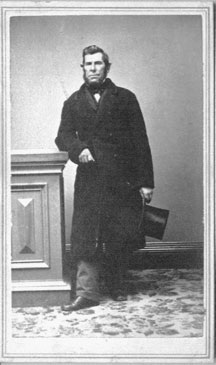
Quaker UGRR agent, Stephen Keese Smith
Mr. Smith said,
I first became acquainted with the "Under Ground Rail Road" twenty years or more before the [Civil] War ... Samuel Keese was the head of the depot in Peru. His son, John Keese - myself, and Wendell Lansing at Keeseville were actors. I had large buildings and concealed the Negroes in them. I kept them, fed them, often gave them shoes and clothing. I presume I have spent a thousand dollars for them in one-way and another. There were stations at Albany, Troy, Glens Falls and then here in Peru. The Negroes would come through the woods and be nearly famished. We kept them and fed them for one or two days and then ran them along to Noadiah Moore's in Champlain... He went with the Negroes to Canada and looked out places for them to work.
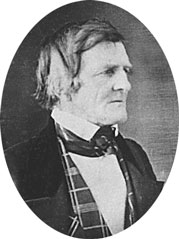
Noadiah Moore
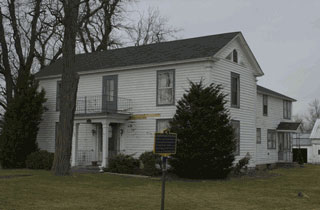
Smith House with UGRR marker in forefront
Smith's barn is Clinton County's best documented Underground Railroad site.
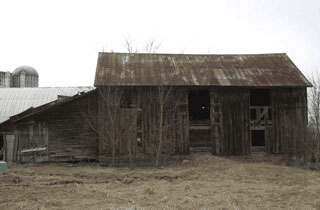
Stephen Keese Smith barn
It is believed that one place Smith hid runaways was in a stone walled room built into the barn's lower level.
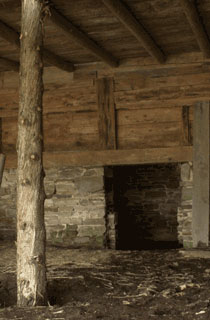
Entrance to Smith barn hiding place
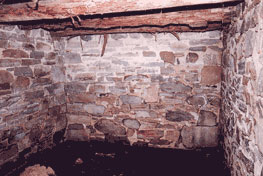
Inside the hiding place
Smith did not identify the agents in Albany, Troy and Glens Falls who forwarded fugitive slaves to the village of Peru. The freedom seekers may have followed the Great State Road from the Southern Adirondacks to Clinton County. They might also have taken Lake Champlain steamers and disembarked at Port Kent and then proceeded inland to Keeseville and Peru. There is also an oral history that fugitives came onshore at the Higby Farm on the Highland Road outside of Keeseville.
In Peru, Smith and his uncle Samuel Keese sheltered fugitive slaves on their farms which were very near one another. In 1844, a 17 year old man from Maryland escaped to Ferrisburgh, Vermont, and was probably forwarded across Lake Champlain to Samuel who then sent him to Toronto, Canada.
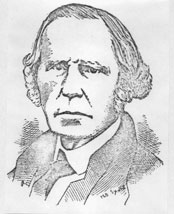
Samuel Keese
Samuel Keese was married twice, and both of his wives, who were formidable in their own right, supported his anti-slavery work. Samuel's first wife, Hannah, was president pro tem of the Peru Female Anti-Slavery Society. After she passed away, he married Catharine Robinson, a school-teacher from Philadelphia who welcomed fugitive slaves to their farm. Today the Samuel Keese property is part of Northern Orchards.
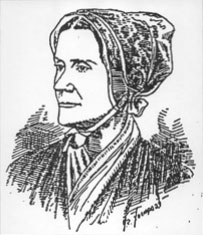
Catharine R. Keese
Catharine R. Keese earned the esteem of all who knew her. When she died in 1860, her bereaved husband compiled and published her memoirs. Samuel included a poem he composed in her honor. One passage reads,
The bondman's claim lay on her heart,
She recognized his woes,
And of his sufferings bore a part,
And all his wrongs exposed.
She loved to aid him in his flight,
From bondage long and sore,
And gladly would his pathway light,
To Freedom's happy shore
In unpaid toil she would not share,
For pleasure or for gain,
But turned away from dainties rare,
That held the Slave in chains.






